The Solar City Tower, designed by RAFAA, includes a bank of solar panels as well as pumped water storage to create energy during both the day and night for use in the Olympic Village.


The Solar City Tower, designed by RAFAA, includes a bank of solar panels as well as pumped water storage to create energy during both the day and night for use in the Olympic Village.
Shawn Frayne and Alex Hornstein, two young inventors based in the Philippines, are taking their passion for clean free energy and developing a way to make it accessible and cheap for everyone. These guys are working restlessly to provide a product that could be used by practically anyone to make homemade solar panels.
The factory is small enough to fit on a desktop and efficient enough to produce 300k to one million panels per year, up to one every 15 seconds. By cutting out much of the labor intensive process, which represents 50% of the total cost, this machine can dramatically reduce the price of solar. Their pocket solar panel producer can change the way the world views electricity. Image credit: YouTube/SciFri
What type of applications can a homemade solar panel have? For starters it can replace the need for outlets in a home for smaller electronics such as phones, computers, lamps, etc. One of the more intriguing applications is the added versatility solar panels can provide. In short, with these panels you can use your electronics anywhere there’s sunshine.
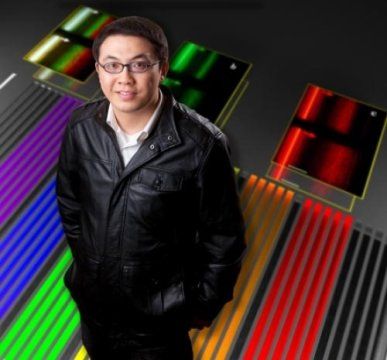
Fortunately, that is changing because researchers such as Qiaoqiang Gan, University at Buffalo assistant professor of electrical engineering, are helping develop a new generation of photovoltaic cells that produce more power and cost less to manufacture than what’s available today.
One of the more promising efforts, which Gan is working on, involves the use of plasmonic-enhanced organic photovoltaic materials. These devices don’t match traditional solar cells in terms of energy production but they are less expensive and — because they are made (or processed) in liquid form — can be applied to a greater variety of surfaces.
Gan detailed the progress of plasmonic-enhanced organic photovoltaic materials in the May 7 edition of the journal Advanced Materials. Co-authors include Filbert J. Bartoli, professor of electrical and computer engineering at Lehigh University, and Zakya Kafafi of the National Science Foundation.

Despite the enormous untapped potential of solar energy, one thing is for sure- photovoltaics are only as good as the sun’s rays shining upon them. However, researchers at the Idaho National Laboratory are close to the production of a super-thin solar film that would be cost-effective, imprinted on flexible materials, and would be able to harvest solar energy even after sunset!


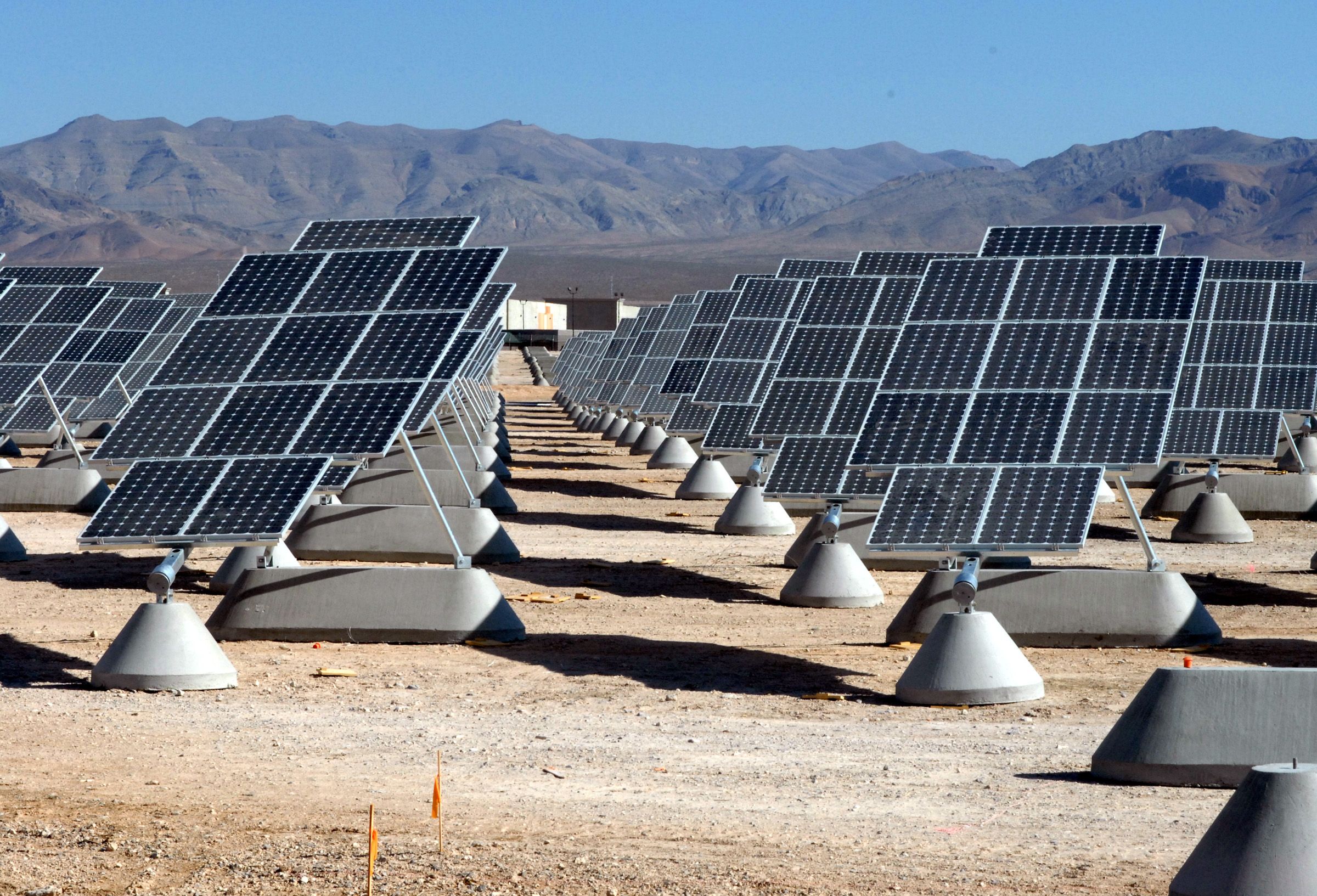
Scientists have designed a novel type of nanoscale solar cell. Initial studies and computer modelling predict these cells will outperform traditional solar panels, reach power conversion levels by over 40 percent.
Solar power cells work through the conversion of sunlight into electricity using photovoltaics. Here solar energy is converted into direct current. A photovoltaic system uses several solar panels; with each panel composed of a number of solar cells. This combines to create a system for the supply usable solar power.
To investigate what is possible in terms of solar power, the researchers have examined the Shockley-Queisser limit for different materials. This equation describes the maximum solar energy conversion efficiency achievable for a particular material, allowing different materials to be compared as candidates for power generation.
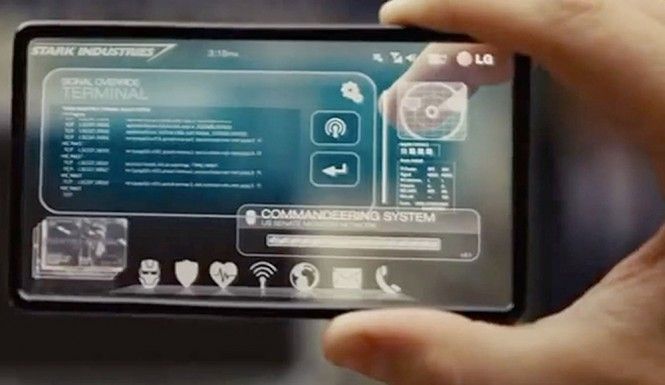
Remember Iron Man’s transparent smartphones They might become reality sooner than you think thanks to an unusual new type of battery that’s not only transparent, but it can also charge via solar power. The technology could also be used for other products in the future, such as smart office and home windows that would be able to let the sun’s light pass through them, but also recharge and store energy.
DON’T MISS: LG’s incredible new mini projector can beam a 100-inch screen from about a foot away
Developed by a team of researchers at the Kogakuin Univeristy, the lithium ion battery is not entirely transparent, as it contains the same chemical compounds that make any battery work. Furthermore, when exposed to sunlight, the battery becomes slightly tinted, transmitting 30% less light – but it’s still transparent. When fully discharged, the light transmittance rises to approximately 60 percent, TechXplore reports.
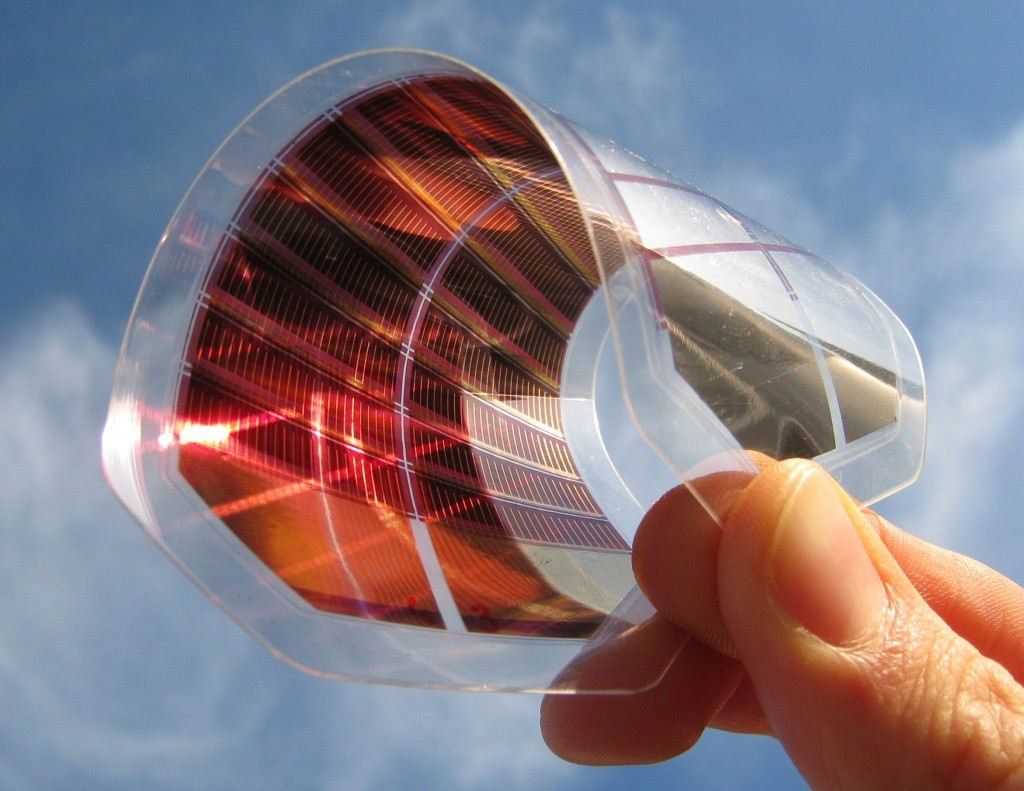
Solar power has been gaining more and more popularity worldwide since the efficiency of solar panels has significantly increased during the recent years, along with the dramatic decrease in the costs. However, its popularity is not only due its affordability to a wider audience but also to the growing awareness about the benefits of clean sources of energy. Yet, the costs of transportation and production often make it extremely difficult to implement solar technology in developing countries. Printed solar cells could offer a solution to this problem.
Thanks to the advances in printed solar cell technology during the past few years, its energy efficiency has increased from 3% to 20%.
“Its success is due to its cost-effectiveness and simplicity. A 10×10 cm solar cell film is enough to generate as much as 10–50 watts per square meter,” said Scott Watkins from the Korean company Kyung-In Synthetic.
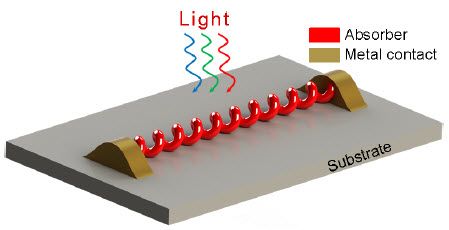
This illustration shows a prototype device comprising bare nanospring photodetectors placed on a glass substrate, with metal contacts to collect charges (credit: Tural Khudiyev and Mehmet Bayindir/Applied Optics)
Researchers from Bilkent University, Ankara, Turkey, have shown that twisting straight nanowires into springs can increase the amount of light the wires absorb by up to 23 percent. Absorbing more light is important because one application of nanowires is turning light into electricity, for example, to power tiny sensors instead of requiring batteries.
If nanowires are made from a semiconductor like silicon, light striking the wire will dislodge electrons from the crystal lattice, leaving positively charged “holes” behind. Both the electrons and the holes move through the material to generate electricity. The more light the wire absorbs; the more electricity it generates. (A device that converts light into electricity can function as either a solar cell or a photosensor.)
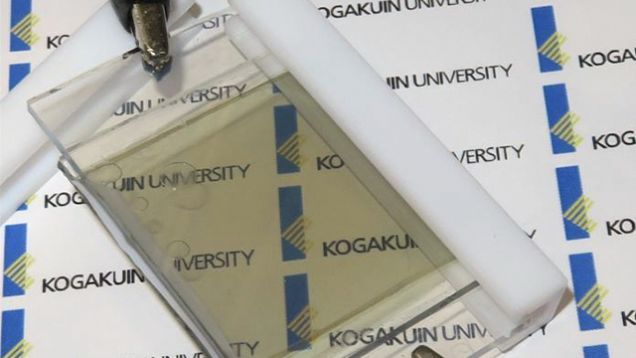
A group of Japanese researchers have managed to improve the design of a transparent lithium-ion battery so that it’s now able to recharge itself when exposed to sunlight without the need for a separate solar cell.
The transparent battery was first developed by the researchers, led by Kogakuin University president and professor Mitsunobu Sato, back in 2013. The electrolyte used for the battery’s positive electrode is made mostly from lithium iron phosphate, while the electrolytes used for the negative electrode include lithium titanate, and lithium hexafluorophosphate.
Those are all common ingredients used in Li-ion rechargeable batteries, but the thickness of these electrodes are just 80 to 90 nanometers, which allows a lot of light to pass through and makes these batteries almost completely transparent.

.
NASA Glenn Research Center, GRC, currently has several programs to advance near-term photovoltaic array development. One project is to design, build, and test two 20 kW-sized deployable solar arrays, bringing them to technology readiness level (TRL) 5, and through analysis show that they should be extensible to 300 kW-class systems (150 kw per wing). These solar arrays are approximately 1500 square meters in total area which is about an order-of-magnitude larger than the 160 square meters solar array blankets on the International Space Station (ISS).
The ISS has the four (pair) sets of solar arrays that can generate 84 to 120 kilowatts of electricity. Each of the eight solar arrays is 112 feet long by 39 feet wide and weighs 2400 pounds. There were space missions involving astronauts working in space to install and deploy the ISS solar panels.
Alliant Technical Systems, ATK, was selected in 2012 by NASA’s Space Technology Program under a Game Changing Technology competition for development of a promising lightweight and compact solar array structure. The MegaFlex™ engineering development unit, EDU, was tested at NASA GRC Plumbrook facility this year. See below for the ATK deployment of the demonstration unit.